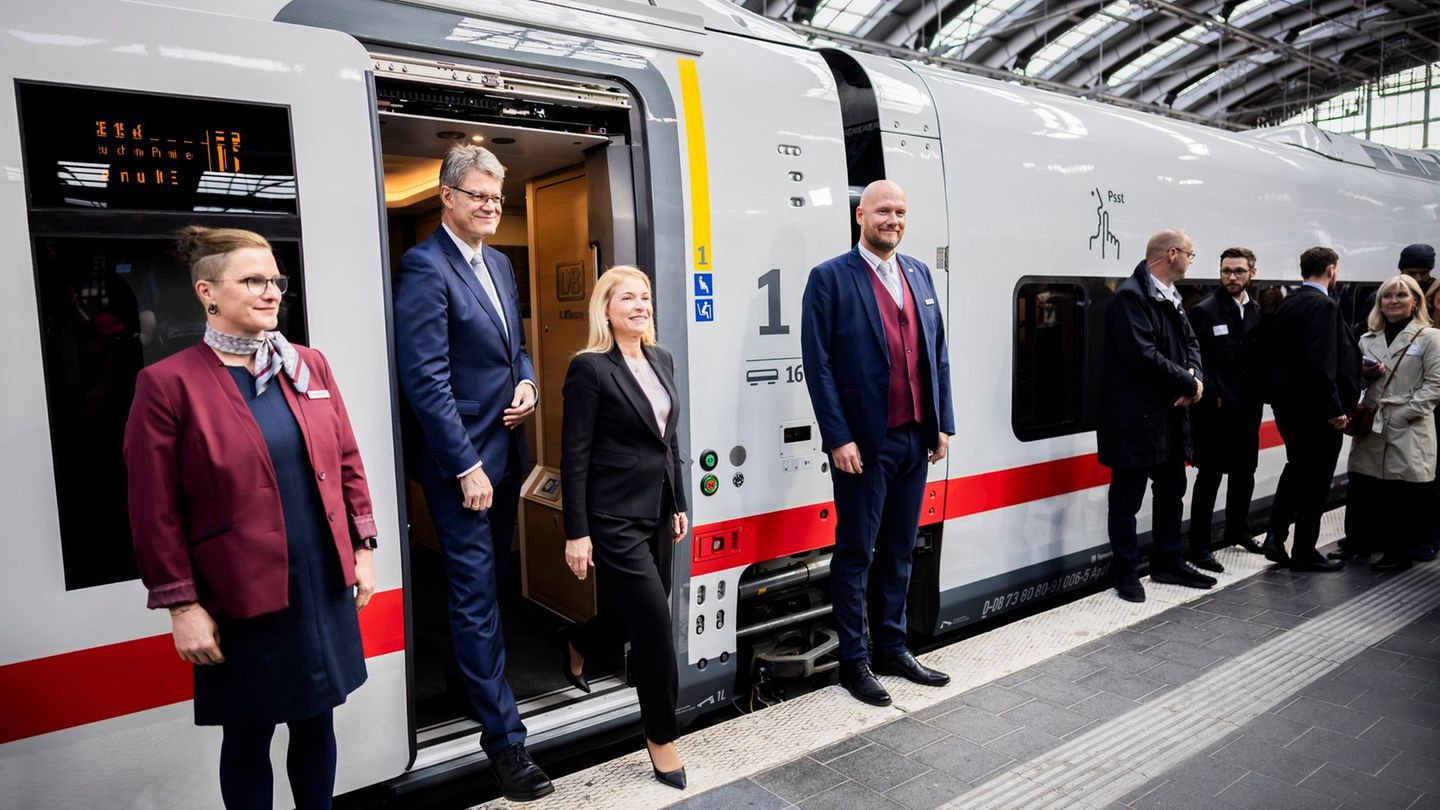Menu
Public transport: DB wants to overcome paralysis at Brenner Base Tunnel
Categories
Most Read
Another tweet from the US to help Javier Milei and send signals to the market: We will soon have great news
October 17, 2025
No Comments
Mother’s Day Special! This supermarket launched unmissable offers to surprise mom
October 17, 2025
No Comments
Housing policy: Housing construction should go faster
October 17, 2025
No Comments
Porsche boss Oliver Blume is leaving – who will be his successor?
October 17, 2025
No Comments
Care allowance in retirement – does it count as income?
October 17, 2025
No Comments
Latest Posts

Game without away fans: Ex-hostage on exclusion of Maccabi fans: “Shame on you!”
October 17, 2025
No Comments
PierceI am Pierce Boyd, a driven and ambitious professional working in the news industry. I have been writing for 24 Hours Worlds for over five

New trains: stepless and better reception – Deutsche Bahn introduces the ICE L
October 17, 2025
No Comments
AngelicaI am an author and journalist who has written for 24 Hours World. I specialize in covering the economy and write about topics such as

Another tweet from the US to help Javier Milei and send signals to the market: We will soon have great news
October 17, 2025
No Comments
October 17, 2025 – 07:36 With market volatility on the surface, days before the elections, Trump and his officials are taking the LLA campaign on
24 Hours Worlds is a comprehensive source of instant world current affairs, offering up-to-the-minute coverage of breaking news and events from around the globe. With a team of experienced journalists and experts on hand 24/7.

